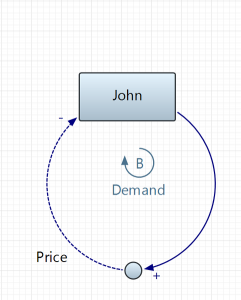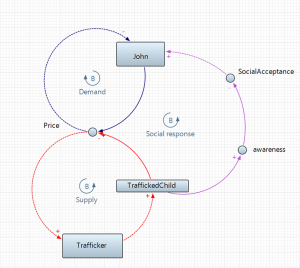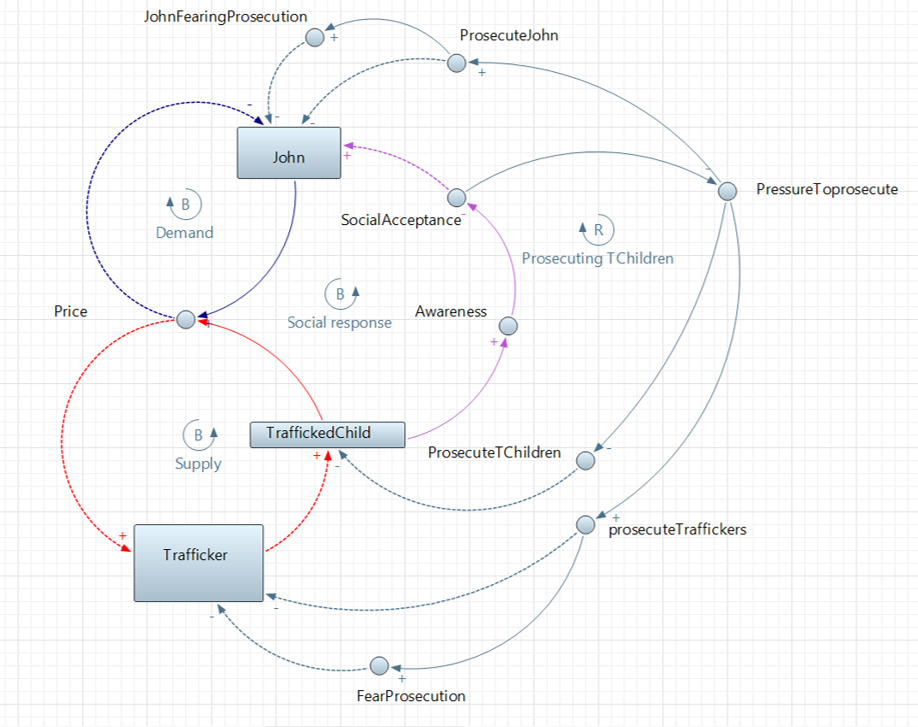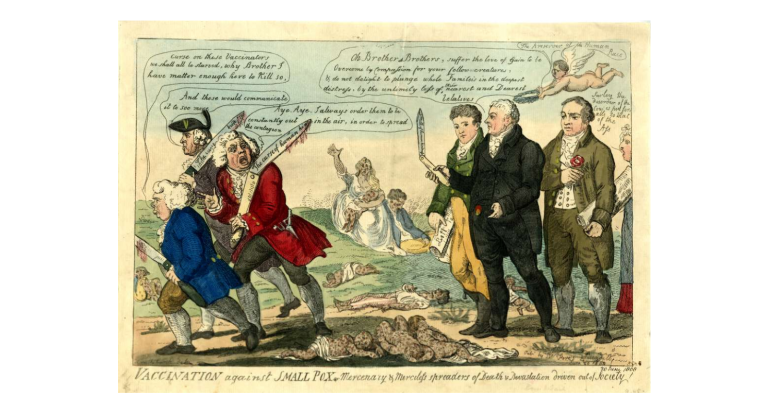If we want to develop a practical solution for something as challenging and urgent as the issue of child sex trafficking, we have to first understand the situation on a conceptual level. That is – who participates in this industry – victims, traffickers, buyers? What are their incentives to do so? How do those reasons coincide and diverge? How do their interactions affect the issue on a large scale? And then, we can ask, when does that interworking begin to break down?
To answer these questions, we think beyond the logistical side of, say, disrupting a supply chain, and seek to pinpoint the structure of the system itself. By uncovering the behaviors that continue to allow sex trafficking, we can determine the changes needed to end it.
In short, we take a systems approach, which helps us identify and visualize the key variables and interdependent relationships that drive the dynamic behavior of the whole system. This is an effective tool in that enables testing different intervention options.
So, what does that look like for understanding the sex trafficking industry?
Sex trafficking is a complex system with three major components: the commercial sex market, the societal response to that market and the law enforcement’s response. These elements are both dynamic and interconnected – that is, one element’s shift in behavior will affect all of the other elements – meaning that the system that emerges from their interaction is also quite volatile.
CMAC Postdoctoral Fellow Khatera Alizada developed a conceptual model to display that system, incorporating the dynamic structure of the sex trafficking market, societal response and the law enforcement response. Here’s a brief rundown of those three central feedback loops:


The market is sustainable because there is both demand for commercial sex service and supply of such. Traffickers make a cost benefit analysis to decide whether to engage in human trafficking based on profitability versus the cost of getting caught. A higher price for commercial sex service increases profitability.
What might cause the price to increase? Likely, an increase in the demand. So, a more profitable trafficking market attracts new traffickers and increases the number of traffickers. As traffickers increase, they recruit more workers. That increase in the supply of workers decreases the price for sex services, which has a positive feedback effect – that is, it increases the demand from buyers, initiating the cycle all over again.

How does society respond when the number of trafficked children increases? An increase in the number of trafficked children increases awareness against child trafficking, which in turn decreases social acceptance. A decrease in social acceptance decreases the demand and a decrease in demand decreases the price. A decrease in price decreases traffickers, ultimately decreasing the number of trafficked children.
How does law enforcement respond when there is a decrease in the social acceptance of trafficking? Let’s look at the effects on their three potential targets: buyers, traffickers, and victims.
A decrease in social acceptance increases the pressure to increase law enforcement response, often translating into an increase in pressure to prosecute. An increase in the prosecution of buyers will decrease buyers. It also increases fear of prosecution, which further decreases buyers.
An increase in the pressure to prosecute follows a similar pattern with regard to traffickers: an increase in the prosecution of traffickers leads to a decrease in traffickers, both by removing some from their market and by instilling in others an increased fear of prosecution.
The effect on victims is more complex, illustrating why it helps to analyze this issue on a systematic level. Increased awareness of trafficking often corresponds to increased pressure to strengthen law enforcement training on identification of trafficking victims. This training decreases the number of children trafficked, because it helps take them out of the system.
But, as noted earlier, increased awareness also corresponds to increased pressure to prosecute. If law enforcement increases prosecution of the victims as a way to curtail prostitution, the number of trafficked children can increase. In that situation, the demand remains constant and the traffickers simply recruit more children. Furthermore, the children arrested remain vulnerable to their traffickers.
However, if law enforcement shifts their focus onto buyers, the number of children trafficked will decrease. Prosecuting buyers rather than victims allows the children to receive necessary trauma healing services and makes them less likely to return to their traffickers.

Empirical evidence supports this conceptual model. For one, commercial sex incidents surrounding large events, like big sports games or festivals, exemplify this very market structure. Traffickers from other locations move their workers close to these events to meet the increasing demand. The law enforcement responds with increased operations in the areas.
In addition, a buyer focused prosecution strategy decreases the number of trafficking victims and sex workers in general.
There is also empirical evidence that when the supply of workers increases, it decreases the price for sex services, resulting in an expanded market: existing buyers purchase sex services more frequently and new clients who could not previously afford sex services enter.
The conceptual model and its feedback loops display the causal relationship between key variables and how intervening in any of them might affect the system. This approach helps us think about the human trafficking problem as a system with interconnected parts rather than as isolated events, which gives us all a better shot at ending it for good.
For any inquiries or comments, please email admin@mindandculture.org.



